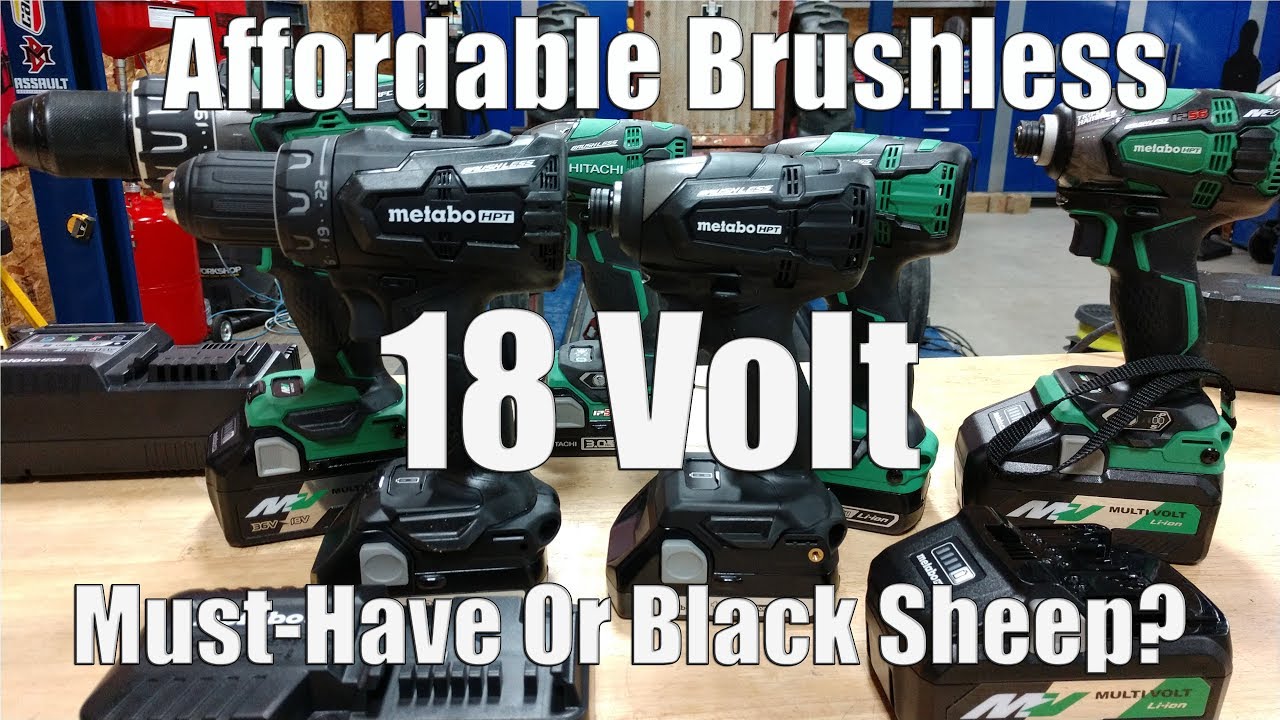
This post may contain affiliate links which means I may receive a commission for purchases made through links. Learn more on my Private Policy page.
Makita 9401 Industrial Belt Sander: A Vintage Workhorse
The Makita 9401 belt sander is an old, industrial-grade power tool that was built to withstand the test of time. It’s a heavy-duty machine ideal for professionals and those who want a reliable, robust, and powerful sander for their woodworking projects.
Notable Features of the Makita 9401 Belt Sander
Industrial design
The Makita 9401 is easily recognized as an industrial sander, with its simple, heavy-duty design. One notable aspect of this design is that all bearings on the armature and the drive are the same size (6x2x0x0), which simplifies the process of ordering replacement parts.
Longevity
This belt sander is often regarded as a “dinosaur,” in that it’s built to last for a lifetime. Despite its age, the Makita 9401 is still widely available and remains a top choice for many professionals or serious hobbyists who value quality and durability.
Made in Japan
Proudly manufactured in Japan, the Makita 9401 features the original Makita badge logo. The combination of the company’s reputation for quality and the Made in Japan stamp solidify this belt sander‘s status as a reliable choice.
Maintenance and Care: Changing Bearings and Brushes
As with any power tool, it’s essential to perform regular maintenance on the Makita 9401 belt sander. This particular model may need its bearings and brushes replaced from time to time, depending on use.
Bearings
When it comes to changing the bearings on the Makita 9401, you’ll benefit from the fact that they’re all the same size, as mentioned earlier. Replacing these bearings as necessary will help prolong the life of the belt sander. It’s worth noting, however, that if the armature is worn down as well, it may not be cost-effective to replace the bearings.
Brushes
Like the bearings, the brushes on the Makita 9401 will wear down over time. However, in most cases, you can get through several sets of brushes before the sander’s motor needs to be replaced.
Replacing the Friction Plate and Cord Pad
A worn friction plate or cord padding on your Makita 9401 belt sander can interfere with the tool’s performance. The friction plate is usually made of a graphite-impregnated canvas to ensure a smooth, slippery surface for the belt to run across.
Replacing these parts is relatively simple, and your local supplier should have them in stock. Doing so as needed will help extend the life of your belt sander and keep it running smoothly.
Makita Belt Sander Models: 9402, 9403, and 9404
In addition to the 9401, Makita also offers the 9402, 9403, and 9404 belt sanders. While these models may have evolved in terms of design and features, many professionals and woodworking enthusiasts still prefer the robust, durable nature of the vintage Makita 9401.
Conclusion
If you’re searching for a belt sander that’s built to last, the Makita 9401 is a top choice. With its heavy-duty, industrial design and reputation for quality, this belt sander will likely serve you well for many years to come. Remember to maintain and care for your tool by changing its bearings, brushes, friction plate, and cord padding as needed.
For more content, be sure to like and subscribe, and consider supporting us on Patreon to help fund the purchase of newer model machines for reviews and teardowns. Happy woodworking!
This post may contain affiliate links which means I may receive a commission for purchases made through links. Learn more on my Private Policy page.







good stuff nice to see a tool that has actually had its moneys worth pulled from it, i buy these types of tools off marketplace all the time for 20-60$ canadian in working order, theyre typically physically beat up but you can tell they dont have but a dozen hours use on them
im sure youve done enough of the repairs to know the exact issues with each model, and a little sound narrows it right down, but might catch a larger audience if you run through the trouble shooting a bit, i would have pulled off the belt and gave it another run just to confirm it was in the motor and not the drums or belt
i imagine comparison videos would grow the channel too, old vs new, this brand vs that, technical breakdowns what are the materials used where are the weak points, which is better designed ect
how long did you sit on that plate with the torch before you grabbed it 😮😮😮
So funny to watch how you just chuck the components around 😂
Between the chunky bearings, polycarbonate housing, and the proper steel nuts that hold the clamshell. Wow, guess they do make em like they used to
12:52 "It's really hard to burn them out, unless you're leaning on them, or sitting on top and driving across the floor on them"
LOL
I didn't realize combars or whatever they're called wore down. Must be from the brushes. I always figured the brushes were too soft to wear it down. Anything wears with enough time.
An Irish AVE 😂 keep up the good work. Love your videos 👍
Its nice to see quality , and things that last , then can be repaired and still go on .